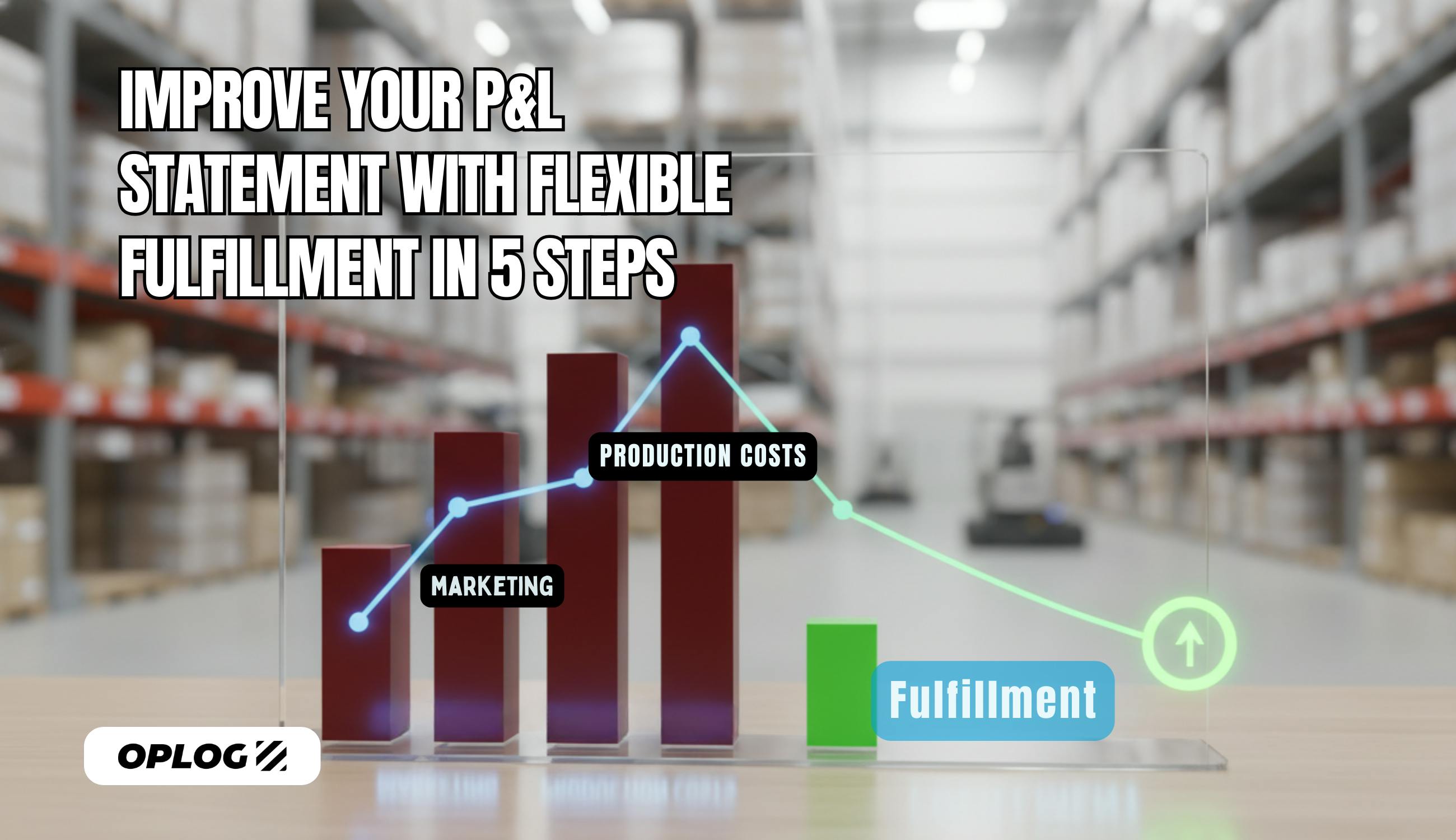In the big, bustling business world of eCommerce, having management systems is necessary. To be specific, an eCommerce order management system (OMS). This article explains what it is, how it works, and the various systems to boost your operations.
What is an eCommerce Order Management System?
This a software system that processes an order, from buying to delivery. It tracks data in order fulfillment journeys for better tracing and monitoring. Its main function is to streamline business operations and offer a coordination solution.
Key Features of an OMS
An order management system eCommerce integrates data during each order processing stage. In it, there are key features that make a difference.
These include management features, such as:
- Customer Management: combines customer information and order history.
- Inventory Management: provides real-time inventory updates across many locations.
- Order Processing and Management: automates the entire order lifecycle.
- Return Management: automates the returns process and tracks returned items.
They also include integration features and more, such as:
- Multi-channel Integration: funnels and manages orders from sales channels into a single system.
- Reporting and Analytics: gives sales trends and performance insights.
- Scalability: adjusts for growing business and larger order volumes.
- Security and Compliance: protects sensitive data and ensures safe transactions.
- Shipping and Fulfillment Integration: connects with shipping carriers and third-party logistics.
How Does an OMS Work in eCommerce?
An OMS is important in eCommerce as online transactions can add up in volume and complexity, fast. OMS helps to capture and process orders, synchronize inventory, and integrate phases. The system aids business operations and creates a better order management experience.
Order Capture and Processing
As soon as a customer submits an order, OMS gets to work. It captures key details and information, and checks payment. Next, it cross-checks the order with stock, updates inventory, and confirms the order.
Inventory Synchronization
Synchronization is vital for businesses juggling sales platforms, channels, and storage sites. An OMS helps with real-time inventory updates. Stock is better managed and enables smooth sales.
Fulfillment and Shipping Integration
This is where the action happens – picking, packing, and shipping. An OMS makes arrangements between the warehouse or fulfillment centers and transport carriers. Special details like documentation, labels, and shipment tracking, get handled in the system.
Benefits of Using an OMS for eCommerce
An OMS provides so many benefits for an eCommerce business. It reduces errors, improves customer experience, and makes for a well-run operation. This tool combines and simplifies tasks, making for better control and reliability.
Improved Order Accuracy
By automating order processing, the chances of manual errors get bypassed. This allows for better order entry, inventory tracking, and shipping phases. Orders are more likely to be correct and arrive at the right time.
Enhanced Customer Experience
Better systems make for better transparency. Real-time updates keep the order pipeline flowing, from order status to stock counts. There are no surprises or disappointments, keeping both teams and customers looped in.
Streamlined Operations
Complicated and overwhelming eCommerce operations now meld into a simple system. Teams refer to this software's informative dashboards for updates. Plus, it sends out alerts on order capture, stock levels, and fulfillment. OMS yields for better unified, cohesive system.
Types of eCommerce Order Management Systems
Depending on your needs or preferences, you can choose the best OMS based on solution type. These come as cloud-based, on-premise, or hybrid systems. Each has appeal and some elements to consider as an eCommerce business.
Cloud-Based OMS
This option hosts the OMS online, where service providers manage it. As such, it offers regular updates, is scalable, and affordable. This is ideal for small to mid-size operations that have stable internet connections.
On-Premise OMS
Having an on-premise OMS means better control and tailoring. Plus, they merge with any pre-existing systems. These are better for large businesses able to manage and maintain the software and setup.
Hybrid Solutions
This is a solution that melds cloud and on-site systems. While it is adaptable thanks to being cloud-based, certain functions need on-site handling. These could be security, compliance, IT policies, or other custom requirements.
Integrating OMS with Other eCommerce Systems
When introducing your OMS systems to existing eCommerce platforms, also consider integration. The main integrations involve ERP, CRM, and online marketplaces. Each contributes to streamlining parts of a holistic eCommerce system.
ERP Integration
An enterprise resource planning (ERP) integration to an OMS helps unify business operations. The type of data handled here ranges from financial to human resources, supply chain, and more. It aids teams to have a better overview for making informed decisions.
CRM Integration
A customer relationship management (CRM) integration to your OMS assists with customer matters. It compiles everything from customer interactions to past orders. The result? Tailored marketing and better shopper support.
Marketplace Integration
This particular integration works to link OMS to online platforms. Popular marketplaces include Amazon, eBay, Etsy, and other major marts. This funnels many order streams into a central system for control and tracking.
Choosing the Right OMS for Your eCommerce Business
Selecting the best OMS system for your needs starts by factoring in three main focuses. First, assess your business needs, the system’s scalability, and financial considerations.
Assessing Your Business Needs
Begin by considering your business needs for optimal operations. Different aspects include assessing your:
- Volume of orders (daily estimates)
- Sales channels (website, physical stores, or marketplaces)
- Fulfillment process (from warehousing to picking, packing, and delivery)
Using these points, you can gauge your needs and identify what OMS may serve you best.
Scalability Considerations
This is where the question of capacity gets raised. Consider accommodating higher order volumes and adding new products, sales channels, or markets. Your business will need the right OMS support to allow it to adapt with ease.
Budget and ROI Analysis
Review your available funds, budget requirements, and expected return on investment. Then, factor in the cost of the OMS (setup, subscription, and maintenance fees). This will provide better insight into what solution is workable within your scope.
Implementing an OMS in Your eCommerce Operations
Adding an OMS needs a few key phases for successful implementation. Start by highlighting action plan steps, preparing for potential challenges, and holding trainings. Following these crucial stages will lead your team to smooth sailing with OMS.
Steps for Successful Implementation
There are four main steps to kick off successful OMS integration. These steps are:
- Planning and Preparation: Start by considering workflows and map them. Spot where you need to integrate, then decide your intentions for the new system.
- Data Migration: This is where all your data gets collected and moved over. Archived material like order history, current inventory levels and product information needs relocating.
- System Configuration: Now, tailor the OMS to the necessary processes. Start with workflows, assign user roles, and then add in integrations (ERP, CRM, shipping carriers, etc.).
- Testing and Validation: Check functionality and comb through the system for any issues.
Common Challenges and Solutions
While you can plan for each step, there are some challenges to expect. Possible issues for order management in eCommerce can include:
- Integration Flaws: merging systems requires IT help and careful testing.
- Data Inaccuracy: check all data and use consistent data audits to avoid disruptions.
Get complete support to assist your business with professional eCommerce fulfilment.
Staff Training and Adoption
Complete your OMS transition by supporting your staff to feel ready and comfortable. They deserve and need essential training and plentiful resources and support. Provide a space for feedback. Designing a mindful adoption approach uplifts the team and ensures OMS success.
eCommerce Order Management System FAQs






